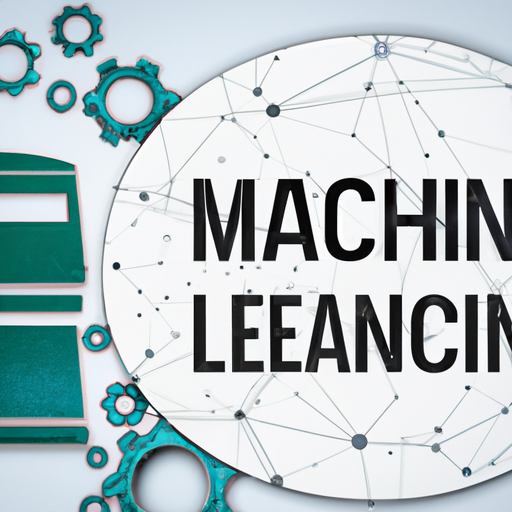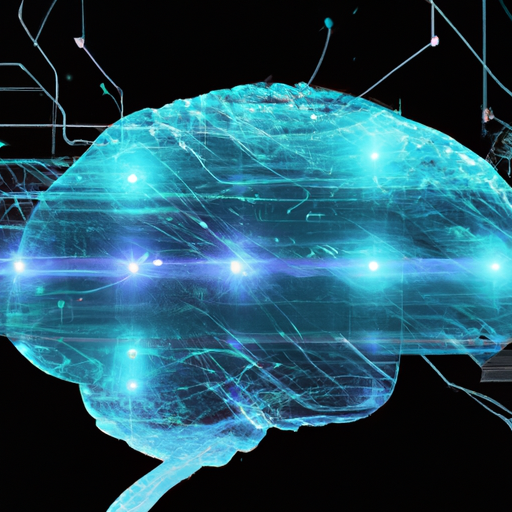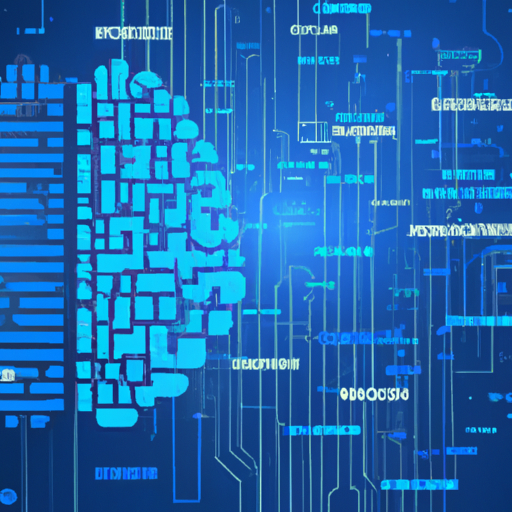Machine Learning Tools
Introduction to machine learning tools
Machine learning tools have become indispensable in today’s data-driven world.
They empower businesses, researchers, and developers to create intelligent systems that can learn and adapt.
In this article, we’ll explore various machine learning tools, their features, and how they can be leveraged to solve real-world problems.
So buckle up as we dive into the fascinating world of machine learning tools!
What are machine learning tools?
Machine learning tools are software frameworks or libraries that simplify the development of machine learning models.
These tools provide pre-built algorithms, data processing capabilities, and visualization options to streamline the entire model-building process.
With these tools at your disposal, you don’t need to start from scratch every time you embark on a new project.
Why are they important?
Imagine trying to build a house without any construction equipment.
It would be an arduous task, right?
Similarly, developing machine learning models without the right tools can be extremely challenging and time-consuming.
Machine learning tools accelerate development timelines and ensure that you can focus on fine-tuning your models rather than wrestling with complexities.
Popular machine learning tools
There are numerous machine learning tools available today, each with its unique features and benefits.
Let’s take a closer look at some of the most popular ones:
Tensorflow
Tensorflow is one of the most widely-used machine learning frameworks developed by google brain team.
It offers a comprehensive ecosystem for building and deploying ml models across various platforms.
With tensorflow:
– You get access to powerful libraries for numerical computation using data flow graphs
– It supports both deep learning and traditional ml algorithms
– Tensorflow extended (tfx) facilitates production-level deployment
Real-life example:
A retail company used tensorflow to build a recommendation system that increased their sales by 30%.
Scikit-learn
Scikit-learn is an open-source library built on top of python’s scipy stack.
It’s well-suited for small to medium-scale projects thanks to its simplicity and efficiency.
Key features:
– Implements numerous classification, regression, clustering algorithms
– Excellent documentation making it beginner-friendly
– Integration with other scientific libraries like numpy and pandas
Real-life example:
A healthcare startup leveraged scikit-learn for predictive analytics in patient diagnosis, significantly improving accuracy rates.
Keras
Keras is another popular open-source library designed specifically for neural networks.
It’s user-friendly interface makes it ideal for beginners while still being powerful enough for advanced users.
Advantages of keras:
– Offers modularity – combine different components easily
– Runs seamlessly on both cpus and gpus
– Can be integrated with backends like tensorflow or theano
Real-life example:
An autonomous driving company used keras to develop their self-driving car’s vision system which enhanced road safety measures substantially.
Choosing the right tool for your project
Selecting the right machine learning tool depends heavily on your specific needs.
Here are some factors you should consider:
Project scope and complexity
For smaller projects or prototypes where simplicity is key – scikit-learn might be sufficient.
If you’re dealing with complex neural network architectures – tensorflow or keras would be better suited due their extensive capabilities.
Community support and documentation
Having access to robust community support can make all the difference when you’re stuck on an issue or seeking guidance.
Tools like tensorflow have large active communities providing valuable resources such as tutorials & forums while others may not offer similar levels of support.
The future of machine learning tools
The landscape of machine learning tools continues evolving rapidly driven by advancements in ai technology & increasing demand from industries across sectors.
We anticipate more intuitive interfaces simplifying usage even further along with enhanced interoperability between different platforms allowing seamless integration into existing workflows thereby boosting productivity exponentially!
In conclusion; understanding various aspects surrounding these incredible resources will undoubtedly equip anyone looking venture into realm artificial intelligence armed knowledge necessary succeed! So go ahead explore possibilities awaiting unleash full potential harnessing power effectively efficiently today tomorrow beyond!








